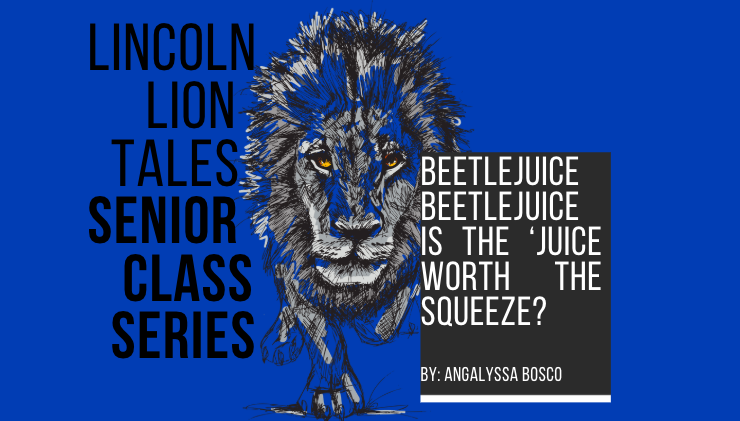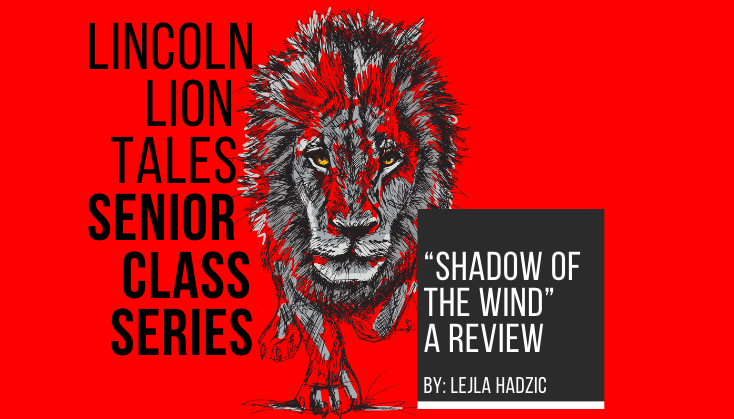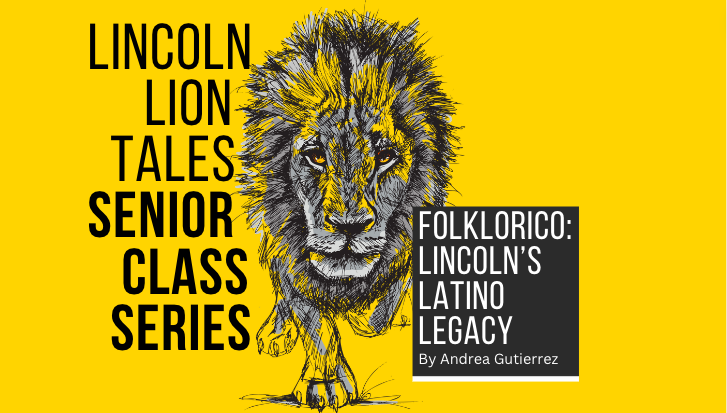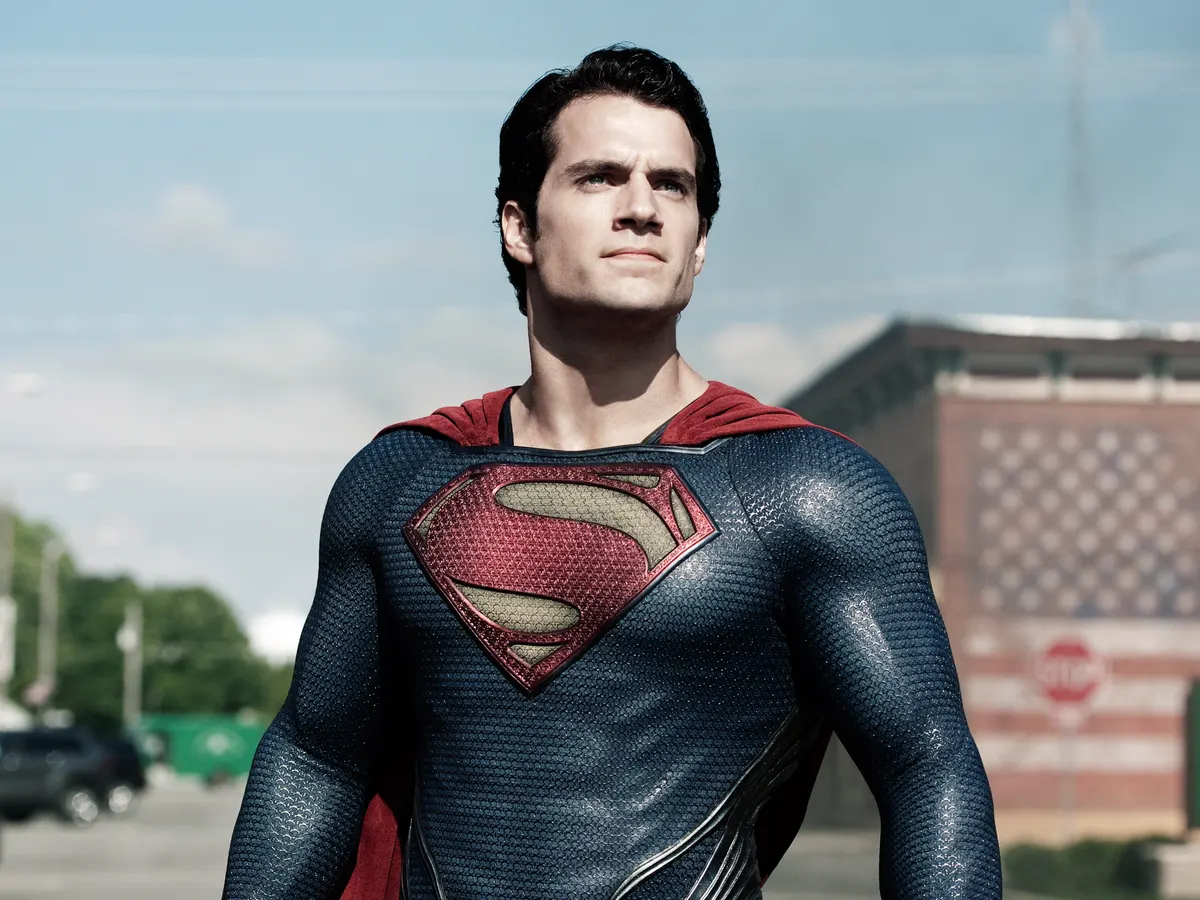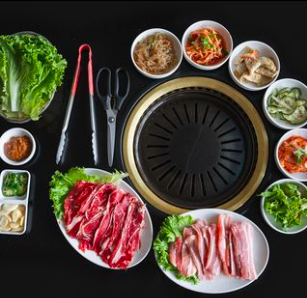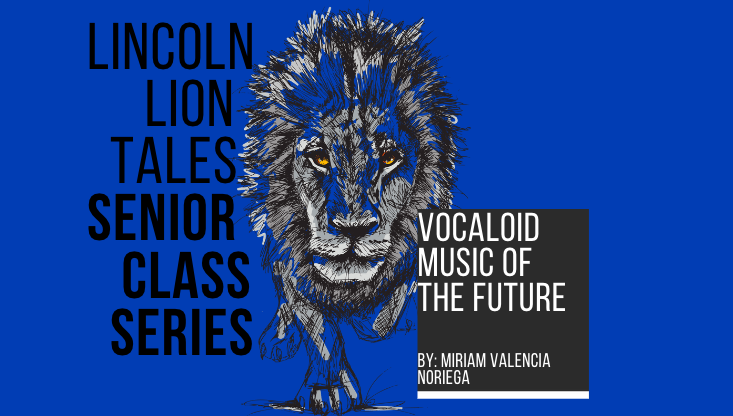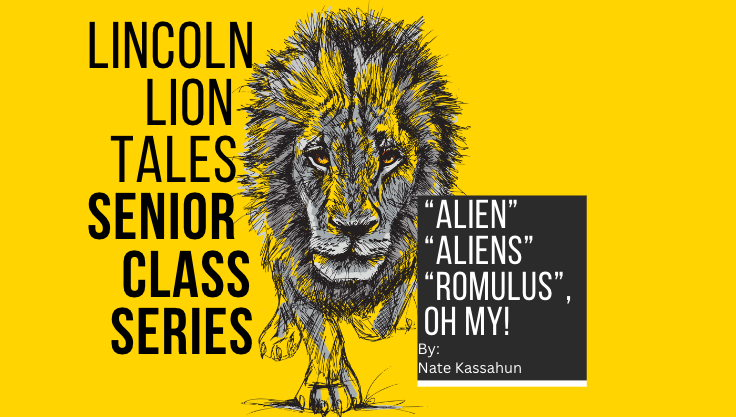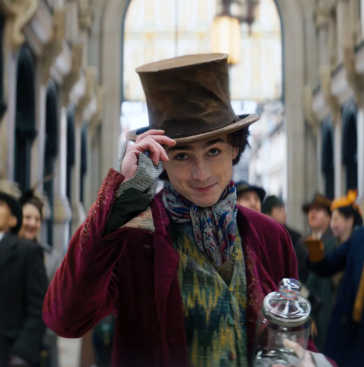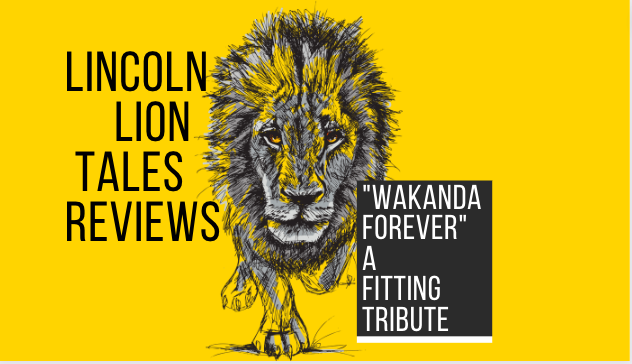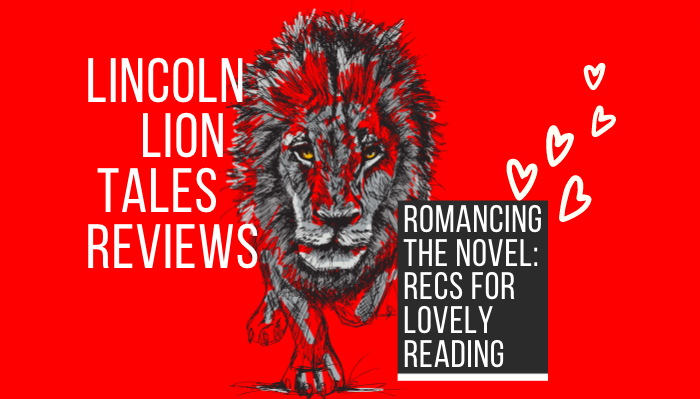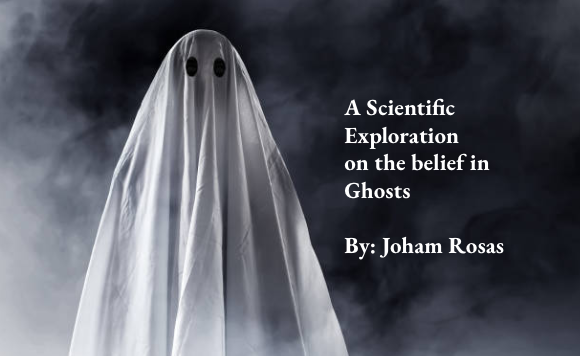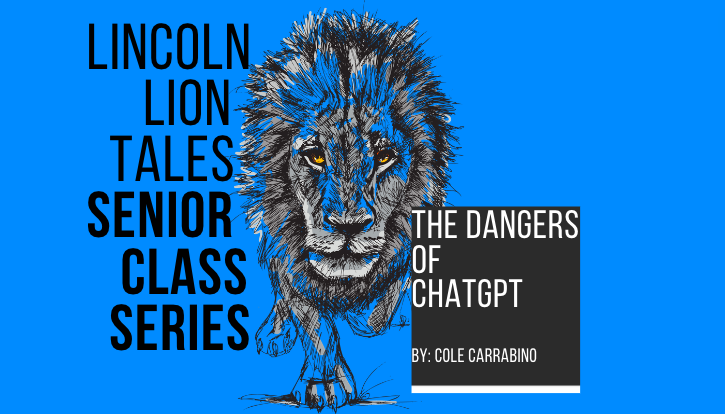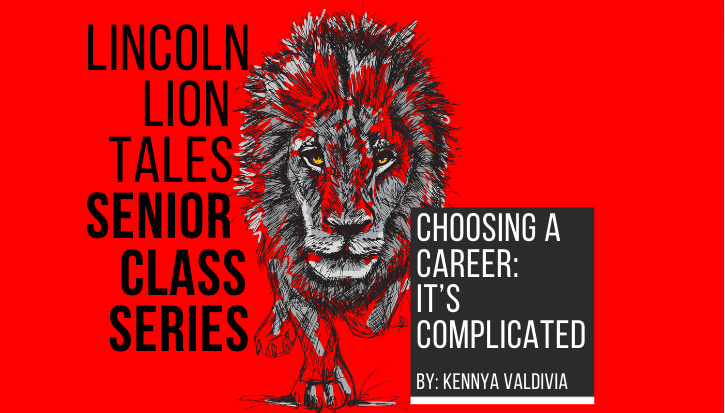As one of cinema’s most popular and famous genres. The horror genre generally features a central villain, a creative and twisted slashing, suspense, and a three-act structure. The three-act format follows as so, Act I introduces the threat. After realizing what the threat or danger is the characters begin to fight back this all takes place in Act II. Act III presents the characters with a final confrontation with the threat – either surviving (forever changed) or dying.
The Ring (2002), Annabelle (2014), Nightmare on Elm Street (1984), and Don’t Breathe (2016) are a few examples of this three-act structure. Horror films often use suspense and dread to captivate the audience and make them experience strong feelings like adrenaline. From the genre’s first appearance in Le Manoir du Diable (1896) to the newer release of Stop-motion (2024) the genre has now become a multimillion-dollar nearly generating $800 million in 2023.
As one of the most popular genres in cinema, it frequently influences different genres, techniques, and styles. With most of its ideas dating back to ancient myths and legends, it has also been shaped by various cultural fears and traditions. Some examples of these horror films consist of The Wailing (2016), Dr. Jekyll and Mr. Hyde (1941), The Purge: Election Year (2016), and many more.
The history of horror films has been characterized by creativity, controversy, and an in-depth dive into the human mind. Art repeatedly causes controversy, particularly when it addresses sensitive topics like violence, sexuality, and religion. Some will argue that the best art pieces provoke their audience, and some might argue that the provocation without depth is meaningless. This is especially evident in the horror genre, the limits of good taste and audience tolerance have evolved and are constantly being put to the test over time. Most horror film directors attempt to take their work to the edge of human discomfort; this goes beyond the previous intentions of just frightening their audience. From the silent screams of the early black-and-white masterpieces to the heart-pounding fear of today’s psychological thrillers, terror set the trip apart. From the rise of slashers in the 80s to the resurgence of supernatural horror in recent years, one of the millions of examples is A Nightmare on Elm Street(1984), pushing the idea of a disfigured midnight killer, killing teenagers inside their dream, and killing them in real life too. I could say that horror films not only provide entertainment value but also mirror our collective anxieties and offer a look into the darkest corners of human existence. Rising the anxieties in the audience with chromatic scales, tone clusters, and music techniques using dissonance to instill fear but also being blind to who will die next and how. As a lifelong fan of horror films, I have seen the genre’s evolution from its humble beginnings to the multimillion-dollar business it is today. From the early days of Psycho (1960) and The Exorcist (1973) to more recent masterpieces like Get Out (2017) and Hereditary (2018) each era offers a distinct mix of terror and social criticism, challenging viewers to face their deepest darkest fears, even making new ones leading them to consider the world around them.
Although today’s psychological thrillers know how to strike great fear in their viewers, a lot of modern horror films lack what older horror films have. Current horror films solely rely on jump scares to strike fear in their viewers and have plots that usually never follow the original story line establishing a subversion of the horror genre within the film. Two good examples of this are
The Babadook (2014) which focuses on characters being haunted instead of killed and Hereditary (2018) whose plot is harder to track throughout the film and does not follow the traditional formula for “kills” by an evil murder. Even though these two movies can insight fear in the younger crowd they are not nearly as terrifying as the horror films made back in the late 1900s and early 2000s.
There are many reasons why it is believed that horror cinema was at its best in the 80s. A lot of the reasoning has to do with the story development of these horror films. Back in the late 1900s a lot of time was spent on the development of the story, directors focussed more on the music and dialogue in the film. The directors back then also focussed more on the cinematography and gore than they did on special effects, an issue with modern horror films. Horror cinema was at its best in the 80s and 90s because these were the decades in which the genre became its own. The 80s and 90s brought us into a whole new era of terror and fright. This helped horror cinema revolutionize throughout the late 1900s and early 2000s. This brought lifelong horror enthusiasts more sci-fi thrillers, slasher films, and paranormal horror films. A couple of examples include the classics, The Shining (1980), The Thing (1982), IT (1990), The Silence of the Lambs (1991), Scream (1996) and so many more great horror films.
Despite the late 1900s bringing us into a new era of horror cinema, the early adaptations of Edgar Allan Poe’s ideas in the 1930s paved the way for more ideas to be explored in the entertainment business. Although there is a lot of work to be done on newer horror films, there are a lot of production companies that are doing a good job at implementing the horror movie rules to create a higher fear factor for viewers.




